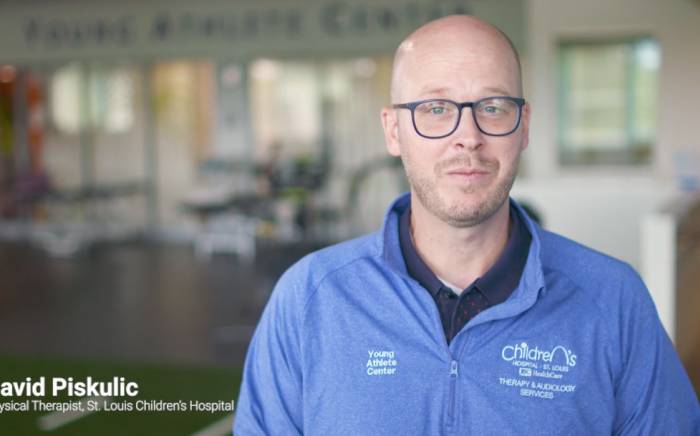Don’t we all rush to the sound of a whimper or a cry to kiss away the pain? “Mommy kiss it and make it feel better” she pleads. Instead of making it feel better we are actually introducing bacteria and germs from our mouths into the freshly injured delicate skin. How about a hug and then let’s try some alternative steps to encourage proper care and promote healing.
Most cuts are just on the surface of the skin and don’t need to be sutured. For these types of cuts you should:
- Apply direct pressure for 10 minutes to stop the bleeding.
- Wash the cut with soap and water for 5 minutes.
- Remove any loose or hanging skin with small scissors.
- Apply antibiotic ointment and cover it with a Band-Aid or gauze. (Make sure you change the covering daily to keep it clean and dry.)
- Give acetaminophen or ibuprofen as needed for pain.
Things you shouldn’t do:
- Don’t use alcohol or Merthiolate on open cuts. It stings and damages the good tissue. Hydrogen peroxide is not used both because it will break down normal clots and is a weak germ-killer.
- Don’t KISS an open wound because the scrape will be contaminated by the germs normally found in a person’s mouth.
- Don’t pick off the scabs, let them fall off by themselves or it may cause a scar.
Things you should call the doctor about:
- If the cut looks infected. (yellow drainage appears)
- Pain, redness, or swelling gets worse after 48 hours of the injury.
- If the cut/scrape hasn’t healed within 10 days.
Other types of cuts might need sutures. These will have one or more of the following:
- Split open or gaping.
- Longer than half an inch.
- If it is on the face and is longer than one quarter of an inch.
It is important to get a gaping cut looked at within 4 hours of the injury. The sooner the cut is closed, the less risk it is for getting infected.
How can you tell if it is infected? Here are some things to watch for:
- Infection usually starts within 24 to 72 hours after the injury.
- Redness, swelling, tenderness and pus develop. (A 2 to 3 mm rim of redness around the edge of the cut can be normal as long as it doesn’t get bigger.)
- Pain should diminish after 2 days, so watch for worsening pain.
- Red streaking from the cut.
- If the infection reaches the bloodstream a fever will be present.
Call immediately if:
- It is extremely tender.
- Unexplained fever over 100 degrees Fahrenheit appears.
- Red streaking appears.
- The infection is on the face.
- Your child looks or acts very sick.
Call within 24 hours if:
- You can see pus in the cut.
- A pimple starts to form at the cut.
- You are concerned and think you child needs to be seen.
Last, but not least, your child should be up to date on all of the required vaccines to insure no complications from this injury. Your child needs a DTaP vaccine or tetanus booster depending on his or her age and the nature of his or her injury. All cuts caused by unclean or metal objects are at risk for tetanus. Giving a tetanus booster is not an emergency and can wait 24 hours without increasing the risk of tetanus. On the other hand, if your child has never been immunized against tetanus, he or she needs to be seen immediately.
Next time you hear a cry caused by a scraped knee or a cut finger, reassure your child with a hug and by following the above steps. Soon, that “ouchy” will be gone!
This article was written by Courtney Moore, RN, an Answer Line nurse at St. Louis Children’s Hospital.








